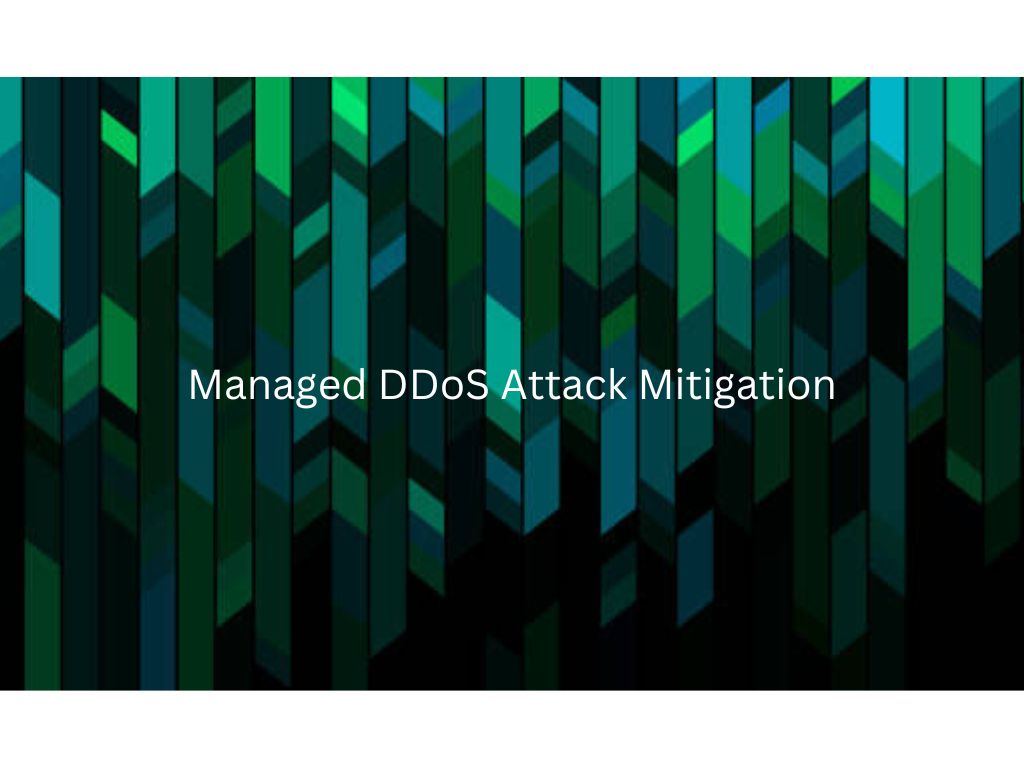Distributed Denial of Service (DDoS) attacks are malicious attempts to disrupt the availability of a website, server, or network by overwhelming it with traffic from multiple sources. These attacks can cause significant downtime, loss of revenue, and damage to a company’s reputation. Therefore, implementing effective DDoS protection measures is critical for organizations of all sizes. In this article, we will explore five simple tactics for DDoS protection.
- Implementing Rate Limiting: Rate limiting is a technique that involves setting up thresholds for incoming requests to a server or website. This tactic helps to identify and block requests that exceed the defined threshold, which can be indicative of a potential DDoS attack. By implementing rate limiting, organizations can prevent overwhelming their systems with excessive requests and mitigate the impact of DDoS attacks.
- Using a Web Application Firewall (WAF): A WAF is a security device that sits between a user’s web browser and a web server, analyzing all incoming traffic. It can filter out malicious traffic, including DDoS attacks before they reach the target server. WAFs can detect patterns and signatures associated with known DDoS attacks and block them in real-time. Additionally, a WAF can also filter out other types of malicious traffic, such as SQL injection and cross-site scripting (XSS) attacks.
- Utilizing Content Delivery Networks (CDNs): CDNs are networks of servers that are distributed geographically to serve content to users from a server closest to their location. CDNs can help mitigate DDoS attacks by distributing traffic across multiple servers, making it harder for attackers to overwhelm a single server. CDNs also typically have built-in DDoS protection measures, such as rate limiting, traffic filtering, and load balancing, which can effectively thwart DDoS attacks.
- Enabling Anycast Routing: Anycast routing is a technique that allows multiple servers in different locations to share the same IP address. When a user sends a request to the IP address, the request is automatically routed to the nearest server. Anycast routing can help mitigate DDoS attacks by distributing the attack traffic across multiple servers, preventing a single server from being overwhelmed. This technique can improve the availability and resilience of a website or server during a DDoS attack.
- Regularly Monitoring and Analyzing Traffic: Monitoring and analyzing traffic patterns can help organizations detect and respond to DDoS attacks in a timely manner. By monitoring traffic, organizations can identify unusual spikes in traffic that may indicate a DDoS attack and take appropriate action, such as blocking the suspicious traffic or notifying the security team. Traffic analysis can also help organizations understand the nature and severity of the attack, which can inform their response and mitigation strategies.
In conclusion, implementing effective DDoS protection measures is crucial to safeguarding the availability and integrity of websites, servers, and networks. By employing simple tactics such as rate limiting, using a WAF, utilizing CDNs, enabling anycast routing, and regularly monitoring and analyzing traffic, organizations can significantly reduce the risk of falling victim to DDoS attacks. It is essential to continuously update and improve DDoS protection measures to stay ahead of evolving threats and ensure a robust security posture against DDoS attacks.




